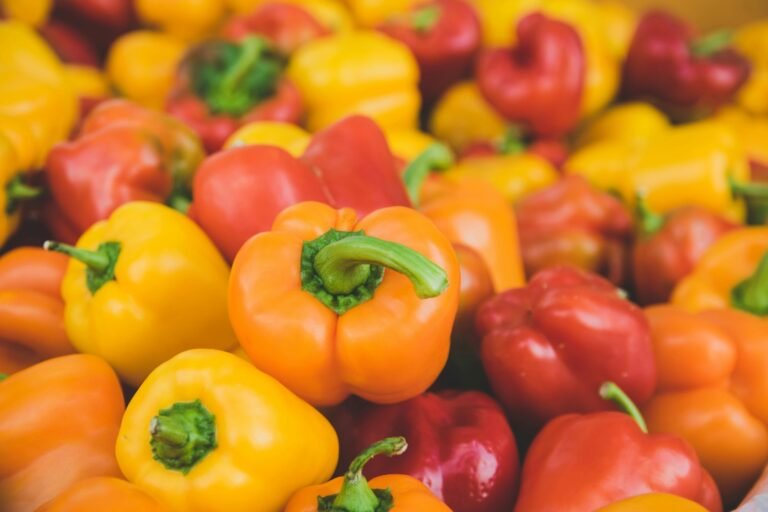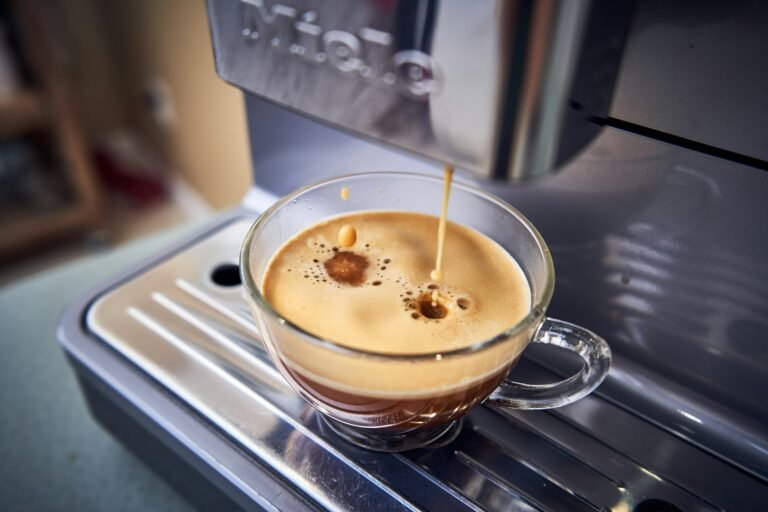Table of Contents
Discover the secret to tasty, healthy meals with a spiralizer. Experts at Harvard Health say more vegetables can boost your well-being. A spiralizer cuts veggies like zucchini, carrots, and sweet potatoes into long noodle-like strands. This tool helps you enjoy low-carb and gluten-free meals fast. Let us show you how to use it and enjoy healthier dishes today.
What is a Spiralizer?
A spiralizer is a kitchen tool that cuts vegetables into long, curly strands. It makes “zoodles” from zucchini that work as a pasta substitute. There are many types, including handheld and countertop models with multiple blades.
Types of Spiralizers:
- Handheld Spiralizers: They are small, affordable, and perfect for making a few servings.
- Countertop Spiralizers: They offer many blade options to create different shapes like ribbons and curly fries.
- Electric Spiralizers: They do the work for you and are great for large batches.
Pro Tip: Try a handheld spiralizer first to learn the basics before buying a larger model.
Benefits of Using a Spiralizer
Spiralizing makes cooking fun and healthy. Research shows that eating more vegetables can lower the risk of many diseases.
Top Benefits:
- Low-Carb Alternative: Replace pasta with spiralized veggies like zucchini and sweet potatoes to cut refined carbs.
- Increased Vegetable Intake: Enjoy more vegetables in creative ways for a balanced diet.
- Time-Saving: Learn the technique and prepare meals quickly.
- Creative Meals: Make salads, stir-fries, and casseroles that look and taste great.
Pro Tip: Zucchini, carrots, and sweet potatoes are easy choices for beginners.
How to Use a Spiralizer
Follow these simple steps for perfect spiralized vegetables every time.
Step 1: Choose Your Vegetable
Select firm and straight vegetables such as zucchini, carrots, sweet potatoes, or cucumbers. Avoid soft or curved ones as they can be hard to handle.
Step 2: Prep the Vegetable
Wash the vegetable and trim its ends. You might need to cut the vegetable to fit the spiralizer.
Step 3: Spiralize the Vegetable
If you use a handheld spiralizer, insert the vegetable and twist. For countertop and electric models, secure the vegetable and turn the handle or press a button.
Step 4: Cook or Serve
You can eat spiralized vegetables raw or cook them lightly. Zoodles work well as a pasta substitute and hold your favorite sauces.
Pro Tip: Dry your spiralized veggies with a paper towel before cooking to remove extra moisture.
Popular Vegetables to Spiralize
You can use many vegetables to create fun dishes. Here are some favorites:
Zucchini (Zoodles):
Zoodles are the best-known spiralized veggie. They cook fast and soak up sauces well.
Carrots:
Carrots add bright color and a bit of sweetness to salads and stir-fries.
Sweet Potatoes:
Spiralized sweet potatoes are great for roasting or making crispy fries. They make a filling side dish.
Cucumbers:
Cucumbers add a cool crunch to salads with a refreshing taste. They are perfect for cold dishes.
Butternut Squash:
Butternut squash makes hearty noodles that roast or saute well as a pasta substitute.
Pro Tip: Peel tough veggies like sweet potatoes or butternut squash for smoother noodles.
How to Choose the Best Spiralizer for Your Kitchen
Find the right spiralizer by checking these points.
Type of Spiralizer:
Decide if you want a handheld model for its small size or a countertop model that has many blade options. Electric models work well if you spiralize often.
Blade Options:
Some spiralizers let you choose blades for thin noodles, thick spirals, or ribbons.
Ease of Cleaning:
Look for models that are easy to wash by hand or in a dishwasher. Some come with a brush to clean hard-to-reach spots.
Durability:
Check the materials. Stainless steel blades last longer than plastic ones.
Pro Tip: For one or two people, a handheld model may be enough. Larger families may need a countertop spiralizer.
Pros and Cons of Spiralizers
Weigh the pros and cons before your purchase.
Pros:
- Healthy Eating: You can add more vegetables to your diet.
- Versatile: Use various veggies for many recipes.
- Time-Saving: Prepare meals faster with minimal effort.
- Fun to Use: Enjoy a creative kitchen gadget.
Cons:
- Storage: Countertop models can take up extra space.
- Vegetable Limits: Some veggies may not work well if they are soft or oddly shaped.
- Cleaning: Food bits can stick in the blades and need extra cleaning.
Pro Tip: Choose a compact or foldable model if you have limited space.
Caring for Your Spiralizer
Keep your spiralizer working well with proper care.
Cleaning Tips:
- Wash After Each Use: Clean your spiralizer right after cooking to avoid stuck bits.
- Use a Cleaning Brush: A small brush or even a toothbrush helps get into tight spaces.
- Follow Instructions: Read the user guide to know if your model is dishwasher safe or should be hand washed.
Pro Tip: Check your blades often. Replace them if they become dull.
Conclusion
A spiralizer is a fun, simple tool that turns vegetables into healthy, noodle-like dishes. It helps you eat more veggies and save time in the kitchen. With clear benefits and many types to choose from, this gadget is a great addition to your kitchen. Ready to spiralize? Try this top-rated spiralizer and begin your healthy eating journey.
Frequently Asked Questions
- What is the best vegetable for beginners?
- Zucchini is a favorite as it is firm and easy to spiralize.
- How do I clean my spiralizer?
- Wash it right after use and use a small cleaning brush to get rid of stuck pieces.
- Can I use a spiralizer for fruits?
- Yes, fruits like apples and pears work well, but firm vegetables are more common.
- Are electric spiralizers safe?
- Yes, electric models are designed with safety in mind and are great for frequent use.
Last updated on May 19, 2025







